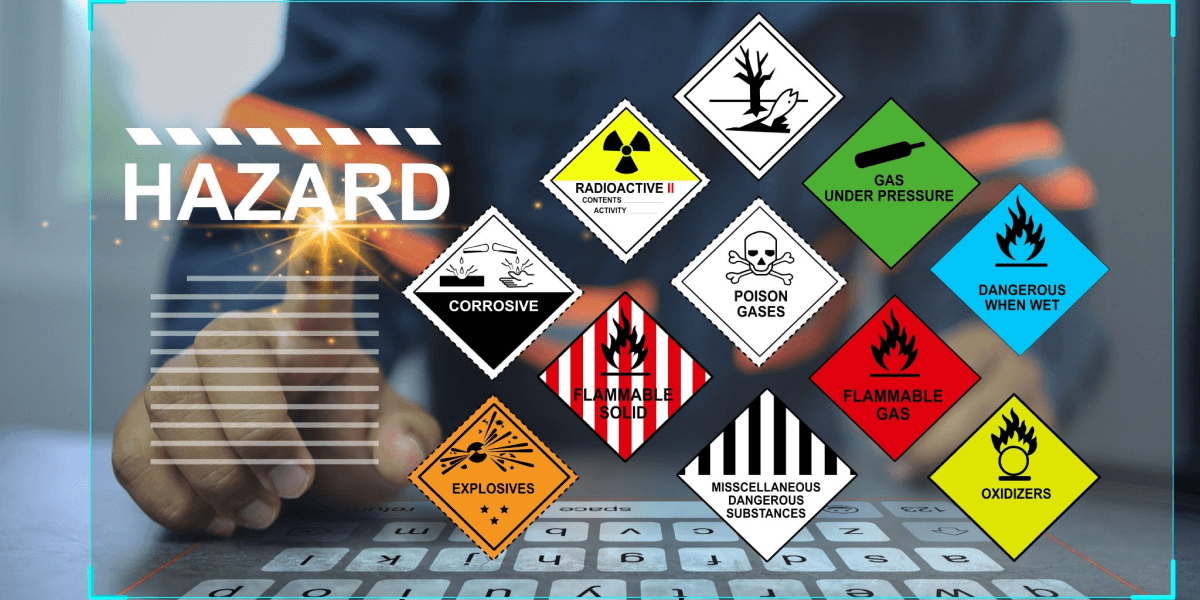
Table of Contents
Introduction
Occupational risks can be mitigated through proper safety training. Safety courses equip employees and managers with the knowledge and skills to recognize, assess, and address these dangers before they lead to accidents or long-term health issues.
It was overwhelming to see that every year, nearly 2.3 million workers worldwide lose their lives to workplace accidents or work-related diseases, according to the International Labour Organization (ILO). These numbers take a human toll, and the incidents cost businesses billions in lost productivity, medical expenses, and legal fees.
We understand that occupational hazards exist in every industry, from construction to healthcare to manufacturing. These hazards can be physical, chemical, biological, or ergonomic and threaten worker safety. However, many of these risks can be mitigated through proper safety training. Safety courses equip employees and managers with the knowledge and skills to recognize, assess, and address these dangers before they lead to accidents or long-term health issues.
Safety courses provide essential training in hazard identification, risk assessment, and preventive strategies. They enable a proactive approach by protecting workers, reducing costs, and complying with legal safety standards.
What are Occupational Hazards?
Occupational hazards refer to any conditions or activities in the workplace that pose a risk to the health and safety of employees. These hazards can vary significantly depending on the industry but can be categorized below.
Safety training is necessary to understand and avoid the above hazards. EHS training ensures that workers take proactive measures before hazards turn into accidents. By equipping workers with the knowledge to identify and address these hazards, safety courses help reduce the risk of injury and illness.
The Need For Safety Courses
Assessing something thoroughly makes it easy to weigh its pros and cons. Similarly, the most essential aspect of safety training is teaching employees how to evaluate risks associated with occupational hazards. Safety training makes employees understand the risk of the situation while determining the severity of the consequences.
Safety courses must cover several core techniques as below;
Hazard Analysis
This involves systematically identifying potential hazards in a job or process. For example, if your work involves using a drill press. You must know the injuries or hazards identified when working with the drill press.
Job Safety Analysis (JSA)
This is a more detailed technique in which each task is examined for specific risks and safety measures are developed to minimize them. For the above example, you must know what are the risks associated with working with a drill press. You must know what drill press injuries are and how to avoid them.
Root Cause Analysis
Sometimes, accidents can happen. So, safety training must include methods to determine the underlying cause when an accident or near-miss occurs. Workers learn to investigate incidents at a surface level and dig deeper into the contributing factors, which may include unsafe practices or equipment failures. By identifying the root cause, corrective actions can be taken to prevent future incidents.
Evaluation
As much as safety training is important, so is evaluating the training. Employees must be assessed on how much they understand about the training conducted and how much they retrieve when a situation arises to use them.
Safety Training Tools
There are many tools and techniques available to ensure proper safety training. We recommend the ones with the highest retention rate. Some training can be given verbally or through presentation, while some may require the creation of real-time events. So, depending on your workplace requirements, you may require curating the proper safety training program for your organization.
TECH EHS has experts on board that can help you to curate and deliver the best safety training courses for your workplace. These safety training courses are developed by industry experts and delivered in the most understandable format. TECH EHS provides EHS training not only on an organizational level but also to boost your EHS career. Please contact to know more.
Benefits of Safety Training
Safety training has only pros. From using proper PPE and handling machinery to ensuring proper ergonomics, safety training helps employees not only protect themselves but also contribute to creating a culture of safety within the organization.
The benefits list of safety training can be exhaustive but here are a few.
The organizational benefits include
Overall, safety training teaches employees to protect themselves, and chain reaction protects the organization and the environment.
Conclusion
Investing in safety is crucial, but having the correct safety training is essential. Safety training defines how employees will manage incidents/accidents proactively or actively.
Safety training builds a positive workplace culture, boosts employee morale, and helps retain talent. Ensuring legal compliance through safety education protects companies from legal trouble, safeguarding their long-term success.
In the end, investing in safety is not just about protecting workers—it’s about securing the future of the business while also thinking about the environment.



